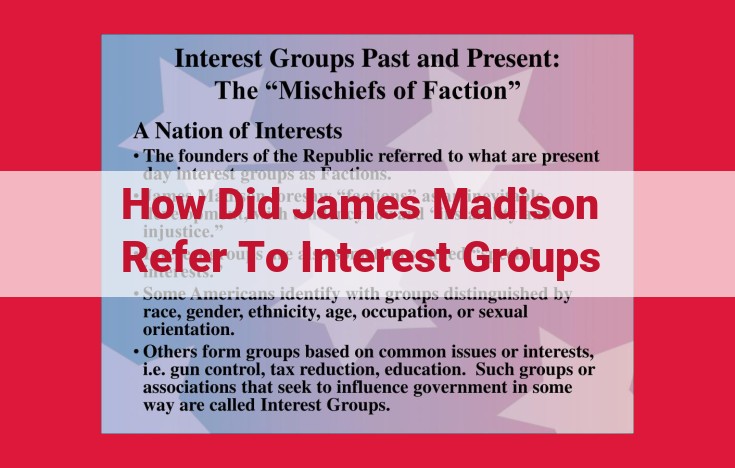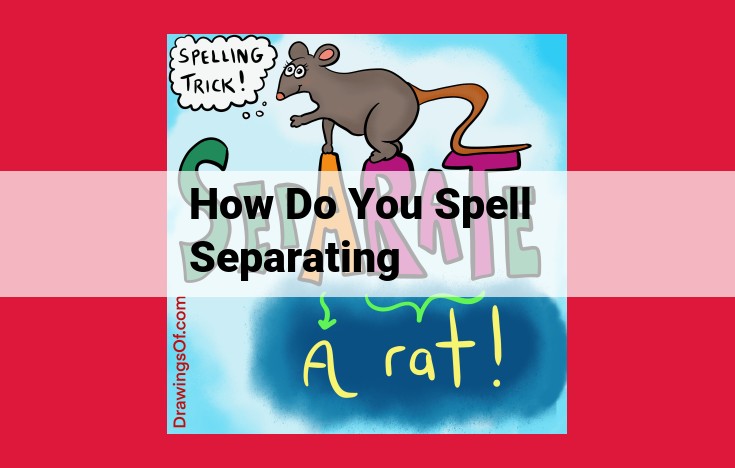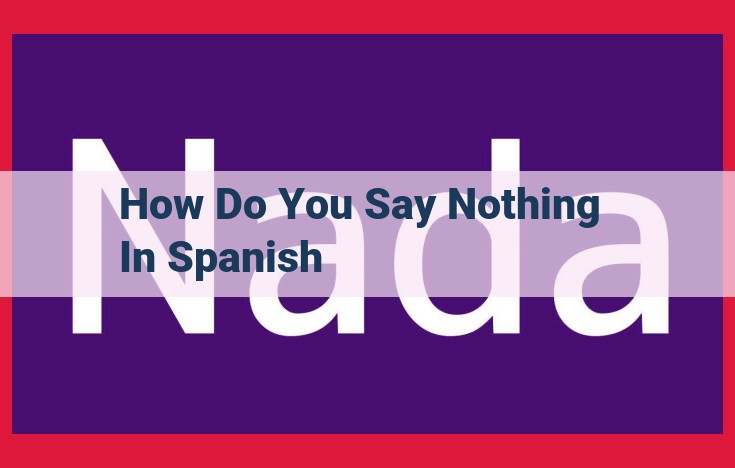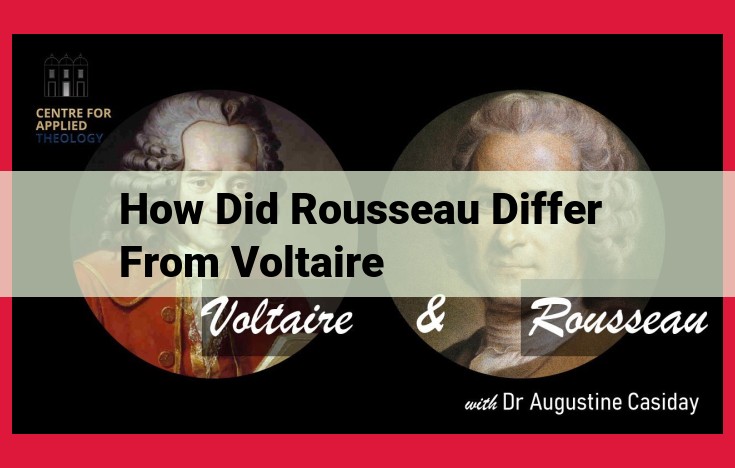James Madison, in Federalist Paper 10, referred to interest groups as “factions,” recognizing their influence on political dynamics. He argued that factions form when people share common interests or opinions and that they can threaten the stability of a government if they become too powerful. Madison believed that the best way to mitigate the negative effects of factions was through a system of checks and balances and separation of powers, ensuring that no single group could dominate the political process.
Mechanisms of Power Distribution in Political Systems
Factions: Interest Groups
- James Madison recognized factions as interest groups representing differing societal perspectives.
- They play a crucial role in shaping political dynamics, as they mobilize support and influence decision-making.
Pluralism: Fragmented Power
- Pluralism posits that power is dispersed among numerous interest groups, preventing any single entity from dominating.
- Benefits include representation of diverse viewpoints and the ability to check excessive concentration of power. However, it can also lead to gridlock and policy paralysis.
Checks and Balances: Limiting Power Excess
- The system of checks and balances establishes mechanisms to prevent any branch of government from becoming too influential.
- For instance, the legislature can override executive vetoes, and the judiciary can strike down unconstitutional laws. These checks ensure a balance of power.
Separation of Powers: Independent Branches
- Separation of powers divides government into distinct branches (legislative, executive, judicial).
- This design aims to prevent tyranny and ensure that no single branch can accumulate excessive authority. Each branch has specific powers and responsibilities, further distributing power and enhancing accountability.
Mechanisms of Power Distribution and the Concept of Factions
In the tapestry of political systems, power plays a pivotal role, determining how decisions are made and societies are governed. Understanding the mechanisms of power distribution is crucial for unraveling the intricacies of any political landscape. Among these mechanisms, the concept of factions holds a prominent place, shaping political dynamics and influencing the contours of power.
James Madison’s Factions
American statesman and Founding Father James Madison recognized the omnipresence of factions, defining them as groups united by shared interests or opinions. In his seminal work, The Federalist Papers, Madison argued that factions were an inherent part of human nature, arising from differences in wealth, education, and occupation.
The Role of Factions in Political Dynamics
Factions play a complex and multifaceted role in shaping political dynamics. They can mobilize support, amplify voices, and influence policy decisions. However, factions can also be divisive, fostering conflict and polarization. Madison believed that the key to a stable and effective political system lay in managing and containing factions.
One way to mitigate the potential negative effects of factions is to ensure that no single faction dominates the political process. This can be achieved through a variety of mechanisms, including constitutional safeguards, electoral systems, and a vibrant civil society.
Furthermore, factions can serve as a check on the potential abuses of government power. By advocating for their interests, factions can prevent any one branch of government from becoming too powerful or oppressive. In this way, factions can contribute to a more balanced and accountable political system.
The concept of factions, as identified by James Madison, remains a vital lens through which to understand the complexities of power distribution and political dynamics. By recognizing the inherent presence of factions and devising mechanisms to manage and mitigate their potential negative effects, societies can foster a more just and equitable political order.
The Power of Factions: How Interest Groups Shape Political Dynamics
In the tapestry of political power, interest groups emerge as vibrant threads, representing the diverse perspectives that weave through society. They are collective entities that articulate the concerns and aspirations of specific constituencies. Through their organized voices, interest groups exert a significant influence on decision-making processes within the political system.
Factions and the Rise of Interest Groups
As James Madison famously observed in “The Federalist Papers,” factions are a natural consequence of the diversity of human interests. In a society where individuals pursue their own aims and ambitions, factions inevitably arise to advance the interests of particular groups. These factions can be based on economic interests, ideological beliefs, or shared experiences.
Over time, factions evolved into more formally organized interest groups. These groups mobilize members, lobby government officials, and engage in public advocacy to promote their specific agendas. They serve as mediating institutions between individuals and the political system, filtering and articulating the demands of their constituents.
Diverse Perspectives and the Pluralistic System
In a pluralistic political system, power is widely dispersed among various interest groups. This fragmentation of power allows for a diversity of voices to be heard in the decision-making process. Interest groups compete and negotiate with each other, seeking to influence policy outcomes that align with their goals.
The pluralistic model assumes that the competition of interests leads to a balance of power and prevents any single group from dominating the political system. It values tolerance, compromise, and the peaceful resolution of conflicts.
Influencing Decision-Making
Interest groups play a critical role in shaping public policy. They provide information, expertise, and legitimacy to policymakers, who often rely on their input to formulate and implement policies. Through lobbying efforts, interest groups can influence legislation, regulations, and other government actions that affect their constituents.
They can also mobilize public opinion through grassroots campaigns, media advocacy, and direct action. By raising awareness and generating support for their positions, interest groups can pressure policymakers to respond to their demands.
Interest groups are powerful entities that represent the diverse perspectives within a society. They influence decision-making by articulating constituent concerns, competing for influence, and mobilizing public opinion. In a pluralistic political system, interest groups play a crucial role in ensuring that the voices of diverse factions are heard and considered in the policymaking process.
Pluralism: The Jigsaw Puzzle of Power
In the realm of politics, a fundamental question arises: who wields the power? Throughout history, societies have grappled with this question, seeking ways to distribute power equitably and prevent its concentration in the hands of a few.
One prominent theory that emerged in the 20th century is pluralism. It proposes that power is not a monolithic entity but rather a fragmented mosaic spread across a multitude of interest groups. These groups, representing diverse interests and perspectives within society, play a crucial role in shaping political outcomes.
James Madison, the “Father of the Constitution,” recognized the potential for political factions to obstruct governance. His concept of factions laid the foundation for pluralism, arguing that a system that allows for the formation of diverse interest groups can actually balance power and prevent any single group from dominating the political landscape.
At the heart of pluralism lies the idea that competition among interest groups leads to policy decisions that reflect the collective will of the people. Groups representing labor, business, environmental concerns, and countless others engage in a continuous process of negotiation and compromise, ensuring that no one faction can impose its narrow agenda on the whole.
Benefits of Pluralism:
- Diversity of Perspectives: Pluralism promotes a marketplace of ideas, ensuring that a wide range of perspectives are considered in decision-making.
- Checks and Balances: Competing interest groups act as a check on each other’s power, preventing any single group from becoming too influential.
- Responsiveness to Public Opinion: Interest groups serve as conduits between the public and policymakers, amplifying the voices of citizens and ensuring their concerns are heard.
Limitations of Pluralism:
- Iron Triangles: Sometimes, interest groups can form cozy relationships with government agencies, leading to “iron triangles” that can undermine the competitive dynamics of pluralism.
- Influence of Money and Power: Wealthy and powerful interest groups may have an undue influence on decision-making, potentially distorting the balance of power.
- Gridlock: Excessive fragmentation can lead to gridlock, making it difficult for government to take effective action.
Mechanisms of Power Distribution: Exploring Pluralism and its Impact
In the intricate tapestry of political systems, the distribution of power plays a pivotal role in shaping the dynamics and outcomes of governance. Among the various mechanisms employed to allocate power, pluralism stands out as a complex and influential theory that has left an enduring mark on political thought and practice.
Unveiling the Essence of Pluralism
Pluralism posits that power is not concentrated in the hands of a select few, but widely dispersed among a multitude of interest groups representing diverse societal perspectives. This fragmentation of power, in turn, leads to a more inclusive political system that accommodates the interests of a broader range of actors.
Benefits of a Pluralistic System
The benefits of a pluralistic system are undeniable. It fosters participation and legitimacy by granting voice to a wide spectrum of societal groups. This inclusiveness ensures that the concerns and aspirations of diverse constituencies are considered in the decision-making process, resulting in more representative outcomes.
Moreover, pluralism promotes stability by providing multiple channels for expressing grievances and resolving conflicts. Interest groups can articulate their perspectives and work together to negotiate compromises, reducing the likelihood of social unrest or political violence.
Limitations of Pluralism
Despite its strengths, pluralism also faces certain limitations. The sheer number of interest groups can sometimes lead to gridlock and inefficiency, as different factions compete for influence and obstruct progress.
Additionally, the influence of interest groups may be unequal, with well-funded and well-organized groups wielding disproportionate power compared to smaller and less-resourced organizations. This disparity can undermine the principle of equal representation and lead to the dominance of certain interests over others.
Navigating the Challenges
The challenges inherent in pluralism can be mitigated through thoughtful design and implementation of political institutions. Strong and independent watchdog organizations can monitor interest group activity and ensure transparency and accountability. Electoral reforms, such as proportional representation, can promote fairer representation of diverse perspectives.
Pluralism is a complex and dynamic theory that has shaped the nature of power distribution in modern political systems. While it offers the benefits of inclusiveness, participation, and stability, it also presents challenges such as gridlock and unequal influence. By understanding the intricacies of pluralism and addressing its limitations, societies can harness its potential to create more representative, inclusive, and effective political systems.
Describe the system of checks and balances, explaining its purpose to prevent any branch of government from becoming too powerful.
Checks and Balances: A Safeguard Against Excess Power
In the intricate tapestry of political systems, the concept of checks and balances stands as a cornerstone of ensuring balance and preventing the concentration of absolute power in the hands of a single entity. This ingenious mechanism ensures that no branch of government becomes overly dominant, safeguarding the rights and freedoms of citizens.
Imagine a political system where the executive branch reigns supreme, possessing unchecked power. Such a scenario would be a breeding ground for tyranny, where the executive’s whims and decisions hold sway without question. Checks and balances serve as an essential safeguard against this potential threat.
The system of checks and balances, like a finely tuned orchestra, assigns specific powers and responsibilities to different branches of government. By design, these branches possess the ability to limit and veto the actions of other branches. For example, the legislative branch‘s power to make laws is balanced by the executive branch‘s ability to veto those laws.
Additionally, the judicial branch plays a crucial role in the system of checks and balances. Its power to interpret laws and determine their constitutionality ensures that both the legislative and executive branches act within the boundaries of the law.
In practice, checks and balances operate through various mechanisms. The legislature has the power to impeach the president and other high officials, while the president has the power to veto legislation passed by Congress. The Supreme Court can declare laws passed by the legislature or actions taken by the executive branch as unconstitutional.
These examples illustrate how checks and balances prevent any one branch of government from becoming too powerful. By distributing power among different entities and granting them the ability to limit each other’s actions, the system ensures that power remains fragmented and accountable.
Ultimately, the system of checks and balances is a testament to the wisdom of those who designed our political systems. It serves as a fail-safe mechanism, safeguarding against the potential for tyranny and ensuring that the power of government remains in the hands of the people.
Mechanisms of Power Distribution in Political Systems
Factions: Interest Groups
Political systems distribute power through various mechanisms, such as factions. Factions are groups of individuals united by shared values and beliefs who seek to influence government policy. Interest groups represent these factions, offering diverse perspectives and lobbying for their members’ interests.
Pluralism: Fragmented Power
Pluralism suggests that power is widely dispersed among numerous interest groups, each with its unique influence. This fragmentation prevents any single group from dominating the political system and ensures that diverse voices are heard.
Checks and Balances: Limiting Power Excess
Checks and balances is a system designed to prevent any branch of government from becoming too powerful. Each branch possesses unique powers to monitor and restrict the others, such as the legislature’s ability to oversee the executive or the judiciary’s role in reviewing laws.
For instance, the US Congress has the power of the purse, controlling government spending to balance the executive’s power. The judiciary, in turn, can declare laws unconstitutional, limiting the legislature’s authority.
Separation of Powers: Independent Branches
Separation of powers divides government into distinct branches, each with its specific responsibilities. The legislative branch makes laws, the executive branch enforces them, and the judicial branch interprets them. This division ensures that no single branch can monopolize power.
Power Distribution Mechanisms: Balancing Power for a Thriving Democracy
In the intricate tapestry of political systems, the distribution of power plays a pivotal role. Understanding the mechanisms that shape this distribution is crucial for ensuring a vibrant and balanced democracy.
Separation of Powers: A Symphony of Independent Branches
Central to the distribution of power is the principle of separation of powers. This concept divides the government into distinct branches, typically the legislative, executive, and judicial branches. Each branch possesses unique powers and responsibilities, acting as a check and balance on the others.
Legislative Branch: The Voice of the People
The legislative branch holds the power to make laws, acting as the voice of the people. Its members are elected by citizens, ensuring that the laws reflect the will of the majority. The legislature’s ability to pass laws gives it significant influence over policy and public affairs.
Executive Branch: The Implementer of the Law
The executive branch, led by the president, is responsible for implementing laws passed by the legislature. This branch wields authority over government agencies and the military, ensuring that laws are enforced effectively. The executive’s ability to execute and enforce laws gives it substantial power in shaping policies and enforcing order.
Judicial Branch: The Interpreter of the Law
The judicial branch plays a crucial role in interpreting laws and resolving legal disputes. Judges are appointed or elected and are independent of both the legislative and executive branches. They have the power to declare laws unconstitutional, ensuring that the government does not overstep its authority. The judicial branch’s ability to interpret and enforce laws gives it significant influence in shaping the framework of governance.
The Harmony of Independent Branches
The separation of powers creates a system of checks and balances, preventing any one branch from becoming too dominant. Each branch has the ability to review and potentially limit the actions of the other branches. This interplay ensures that no single entity exerts excessive power, maintaining a delicate equilibrium within the political landscape.
The separation of powers is a fundamental principle that safeguards against tyranny and ensures a balanced distribution of power. By dividing government into distinct and independent branches, democracies can foster a thriving political system based on the principles of accountability, transparency, and shared governance.
The Impact of Separation of Powers on Power Distribution: A Tale of Division and Balance
Throughout history, societies have grappled with the eternal question of power—who wields it, how it’s used, and the potential for its abuse. The concept of separation of powers emerged as a groundbreaking solution, a carefully crafted system designed to distribute and balance power among different branches of government.
In the early days, the concentration of power in the hands of a single entity often led to tyranny and oppression. Rulers with unchecked authority could impose their will upon the masses, silencing dissent and stifling progress. Recognizing the inherent dangers of such centralized power, political thinkers envisioned a system where power would be divided and shared.
The principle of separation of powers splits the government into distinct branches, each with its own specific functions and responsibilities. Typically, there are three main branches: the legislative branch, responsible for making laws, the executive branch, charged with enforcing laws, and the judicial branch, which interprets laws and resolves disputes.
This division of power serves several crucial purposes. Firstly, it prevents any one branch from amassing too much power, effectively acting as a system of checks and balances. The legislative branch can pass laws, but the executive branch can veto them, while the judicial branch can declare them unconstitutional. This balancing act ensures that no single branch can dominate the others.
Secondly, separation of powers promotes accountability. Each branch is responsible for its own actions and must answer to the others for any transgressions. The legislature can impeach members of the executive and judicial branches, while the courts can overturn legislative and executive decisions.
Moreover, separation of powers enhances the quality of decision-making. By involving multiple branches in the lawmaking and enforcement process, it ensures that diverse perspectives and expertise are considered. Legislators may represent the will of the people, but judges can review their actions through the lens of the law, while bureaucrats can provide practical insights.
In summary, the separation of powers is a vital principle in modern democracies, ensuring a more balanced, accountable, and effective distribution of power. It serves as a bulwark against tyranny, preventing any one entity from dominating the political landscape. And by involving multiple branches in the decision-making process, it fosters greater deliberation and ensures that the voices of all citizens are heard.












